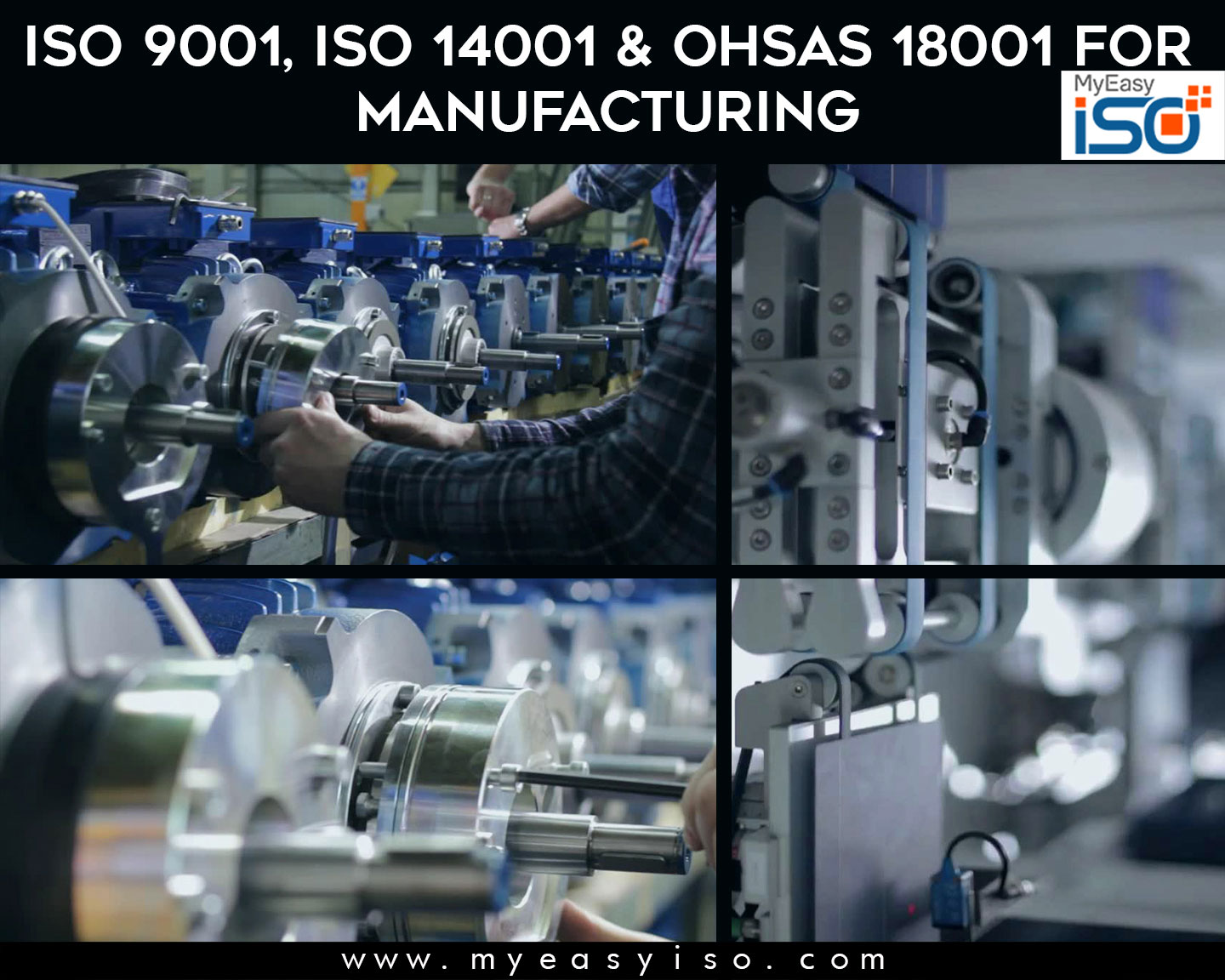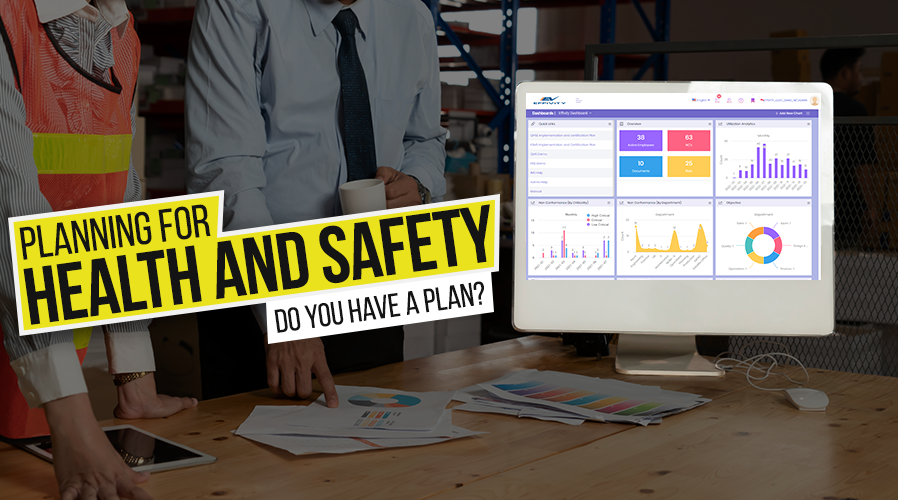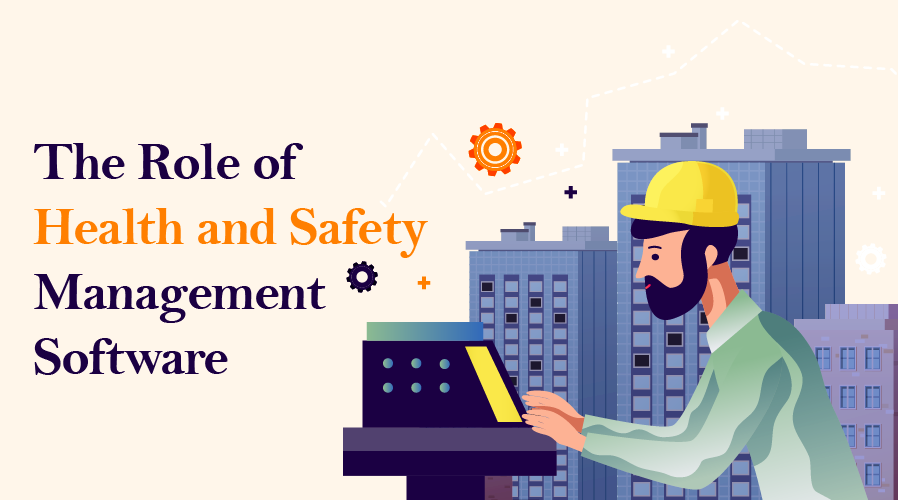 You are no doubt aware of what ISO 14001 stands for and the benefits of accreditation and compliance. The ISO 14001 standard has been designed and is written such that it can be applied to organizations in all sectors, and it will be beneficial irrespective of which sector your company works in. If you work in an office environment, there are many benefits that will be realized by identifying specific aspects within your office and taking action on these. It therefore stands to reason that the environmental gains within a manufacturing facility would be far greater when relevant aspects are highlighted and the impact of these reduced. Let’s have a look at what needs to be considered for a manufacturing organization to achieve this.
You are no doubt aware of what ISO 14001 stands for and the benefits of accreditation and compliance. The ISO 14001 standard has been designed and is written such that it can be applied to organizations in all sectors, and it will be beneficial irrespective of which sector your company works in. If you work in an office environment, there are many benefits that will be realized by identifying specific aspects within your office and taking action on these. It therefore stands to reason that the environmental gains within a manufacturing facility would be far greater when relevant aspects are highlighted and the impact of these reduced. Let’s have a look at what needs to be considered for a manufacturing organization to achieve this.
Aspects
In the manufacturing industry, there are many aspects that have an influence on the environmental performance of the business. Any business, be it providing services, manufacturing, or even charity will have many things impacting on the environment in common. These include things that staff do like deciding how they travel to and from work, whether or not they make use of public transport, and even the type of vehicle they use to drive to and from work every day. As we looked at these in detail in a previous post, we will focus specifically on the manufacturing process in this blog post.
A critical starting point for any business is to identify their own major environmental aspects. For the manufacturing industry, the following methodology can be used:
- Compile a list of all your manufacturing processes’ inputs. This list should be extensive and include things ranging from raw materials used, utility and electricity consumption, traveling costs, packaging materials used (quantity and type) and anything else you think might possibly have an impact on the environment.
- Measure your inputs accurately. A fundamental concept in all ISO standards, including ISO 14001, is continual improvement. It is therefore vital that you know the exact detail of your starting point from the beginning.
- Draw up a plan to either improve, or remove these aspects. The plan should include when and how the aspects will be assessed, and should ensure that both your objectives and performance is accurately communicated and shared with all your employees.
The next steps
Once you have identified your major environmental aspects, you need to work continuously to reduce their environmental impact, thereby reducing your company’s impact on the environment. Use your review process to make sure that the steps you take are effective.
This is however not all that needs to be done. Your internal audit process should be used to drive improvements in your EMS. This process can help you identify impacts and aspects that you might have overlooked, or even to scrutinize your current processes to find further improvement opportunities.
In various manufacturing companies that were implementing ISO 14001, an internal audit team observed the following:
- The company was trying to economize by reducing the quantity of cardboard used in shipping manufactured product. Significant additional savings could however be achieved if mixed incoming packaging was used to fill the gaps in the boxes that contained the products. This would result in a continuous recycling of packaging material, reducing a significant environmental aspect while at the same time creating a consumable cost saving of $1500 per year.
- An internal audit team at a medium sized electronics company found by analyzing scrap that instead of purchasing new parts, there was a process available that allowed the recovery of expensive ball grid array chips with a success rate of 95%. This new process saved up to $12,000 per year, and it soon became an industry standard throughout the world.
These savings would not have been possible if reviewing, identifying risk, and internal audits of the environmental aspects and performance was not carried out all the time. Generally, environmental improvements are achieved by improving processes and reducing consumables, waste and energy. That results in a benefit to both the environment and the manufacturing company’s bottom line.
So far, we have looked at identifying, assessing, and measuring the environmental aspects we have. We have also set our objectives and shared them with all employees. A plan has been formulated to improve the aspects, and we use tools like the internal audit process to help with the identification of new aspects, and improving the existing ones. To put it differently, we have in fact implemented the “Plan, Check, Do, Act” cycle. This cycle is at the very heart of any ISO standard. We have also committed to this by using the review and audit processes to ensure that our environmental performance continually improves.
In the 2015 version of ISO 14001, the increased emphasis on risk management includes risks that could affect the environment. The ISO 14001:2015 standard also requires increased participation from the top management team in respect of the identification and mitigation of risk to the company. If you develop the Environmental Management System to handle the environmental aspects as described above, you will be in good shape to benefit both your bottom line and to minimize your impact on our planet.
ISO 9001 quality management systems (QMS) are implemented using MyEasyISO software in Beijing (The People’s Republic of China), while ISO 14001 & OHSAS 18001 Health Safety Management Systems (HSE) are implemented with MyEasyISO in Helsinki (Finland).











